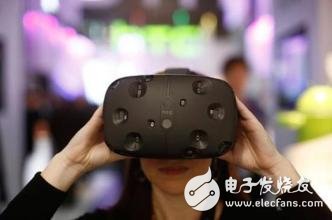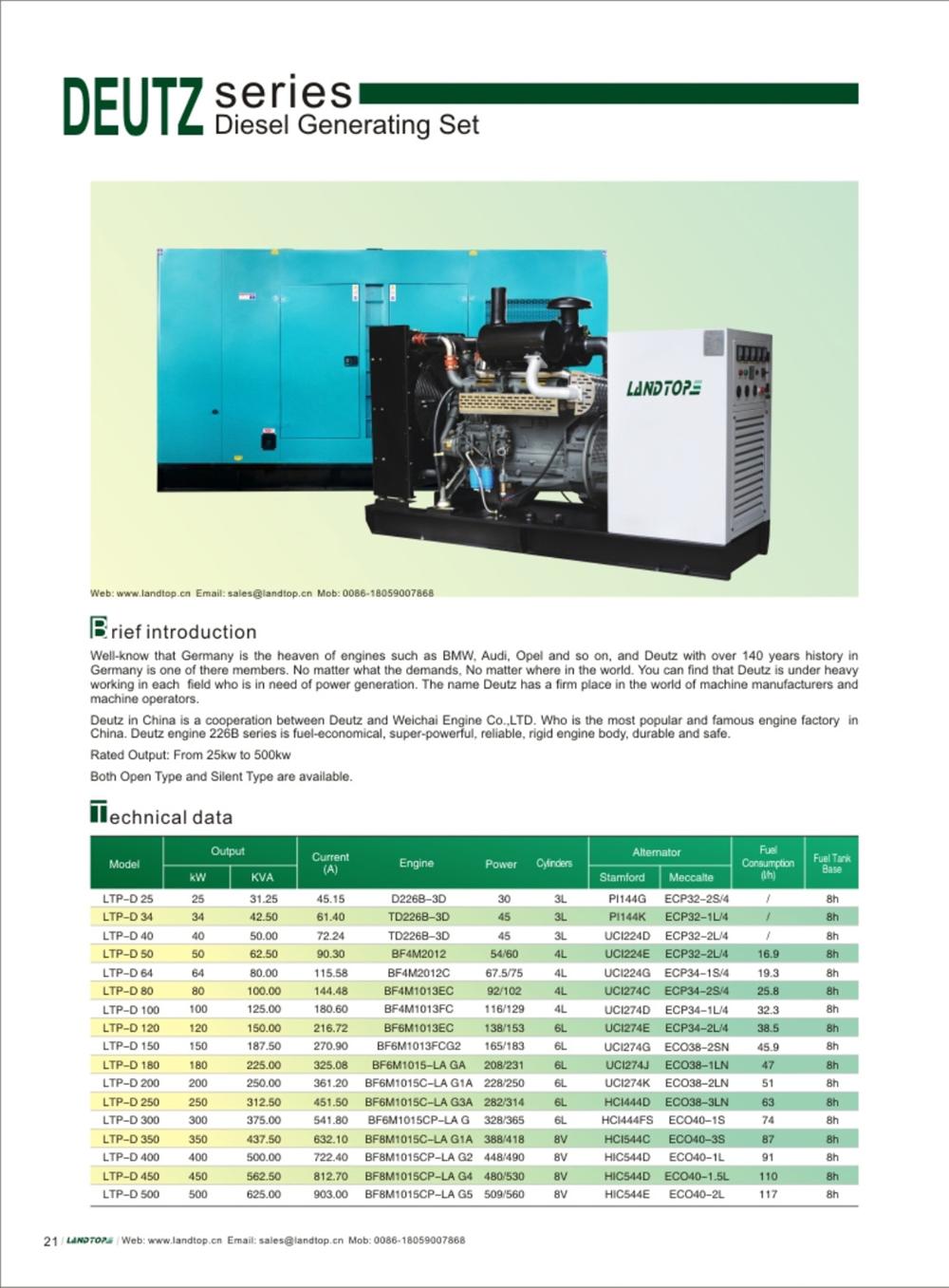TrendForce estimates that the total number of wearable devices will reach 105 million in 2016, of which 9 million are VR devices. With the launch of Oculus Rift and HTC Vive, VR has entered a new era of consumer applications...
Technology giants are scrambling to break into the VR (virtual reality) field. With the launch of OculusRift and HTC Vive, VR has entered a new era of consumer applications. TrendForce's Tuoba Industrial Research Institute estimates that the total number of wearable devices will reach 105 million in 2016, of which 9 million are VR devices. The game is the application category that VR takes the first step in, providing players with a novel game experience. The VR device requires a higher level of hardware specifications, and the GPU performance, wireless communication transmission speed and sensing data calculation are the three key development factors.
According to Chen Yingshu, an analyst at Tuoba Industry, VR products are roughly classified into three categories, Mobile VR, Head-mounted VR and Stand-Alone VR. As long as the mobile VR is installed in the VR casing, the virtual reality scene can be experienced through the mobile phone, and the service content is mainly viewed, such as Samsung's Gear VR. The head-mounted VR is a head-mounted display, supplemented by a handle or glove, and connected to a computer for virtual reality operations such as HTC Vive, Oculus Rift, Sony PS VR, etc. Independent VR refers to VR devices that can operate independently without additional equipment. The effect and cost will vary greatly depending on the components. At present, the head-mounted VRs are all wired designs. After wireless transmission and battery technology are more perfect, Takuya expects that the head-mounted VR wireless will gradually ferment after 2017.

The three key points of VR hardware development are as follows:
High-performance GPU enhances picture refinement and game comfort
VR has extremely high requirements for picture processing and processing. The GPU is the most critical component in VR devices, and its computational power has a decisive influence on the real-time rendering of processed pictures. In addition, during the VR game, the sense of dizziness caused by the delay of the screen is the primary problem. Chen Yingshu said that the higher the display update rate and GPU computing power, the more effective it is to reduce the picture delay (less than 20 milliseconds) and enhance the comfort of the VR experience. Therefore, the architecture and hardware specifications of the GPU become the screen operation and user interaction. An important indicator of the experience.
Looking forward to the 802.11ad technology solution, the wireless trend of the headset
At present, VR head-mounted displays are connected to the back-end computer in a wired manner, and only the handle is designed for wireless, and there are still disadvantages such as inadvertent pulling and limited action. In the future, if VR headsets are successfully wireless, they will become the first choice for users under the technical and cost-effective license. Chen Yingshu pointed out that the wireless implementation of VR headsets is more feasible with 802.11ad technology solutions. However, this is still in the research and development stage. It is expected that the head-mounted display will take about 1-2 years to become fermented. Although the bandwidth of 802.11ad is sufficient, the delay time is still 100 milliseconds, which is not suitable for VR. US chipmaker Nitero has announced that it will launch the relevant 60GHz wireless VR products in the second half of 2016, and it is worth paying attention to its picture delay performance.
Sensing component demand, relying on software and hardware integration
The sensing behavior required to implement the VR experience can be divided into two categories, namely, positioning sensing and motion sensing. Positioning sensors are mainly infrared light sensors, and motion sensors are mainly accelerometers, gyroscopes and magnetometers. The suppliers of motion sensors are STMicroelectronics, Invensas, Bosch and so on. Chen Yingshu pointed out that the collection of sensing information needs to be coordinated with the back-end software operation. When deciding how many sensors to set, the balance between sensing information maximization and avoiding information interference should be achieved.
Deutz Engine Diesel Generator sets
1.Famous engine&alternator
2.Reliable working
Alternator
Stamford, Leory Somer, Engga, Marathon, Siemens, ST/STC etc.
Rigorous testing
must be done before delivery, including 50%
load, 75%load, 100%load, 110%. And all protection function(over speed stop, high water
temperature, low oil pressure, battery Charging fail, emergency stop)
Warranty
The goods are under warranty against defects in material and workmanship for a period of 12 months or 1000 hours ,whichever come first from the date of delivery to the end user except the damageable spare parts of genset caused by incorrect man-made operation, and that the aforementioned warranty for the same taken is back up by the engine and alternator suppliers.

Deutz Engine Diesel Generator
Deutz Engine Diesel Generator,Deutz Diesel Generator,Deutz Diesel Power,Deutz Generator Set
FUZHOU LANDTOP CO., LTD , https://www.landtopcos.com